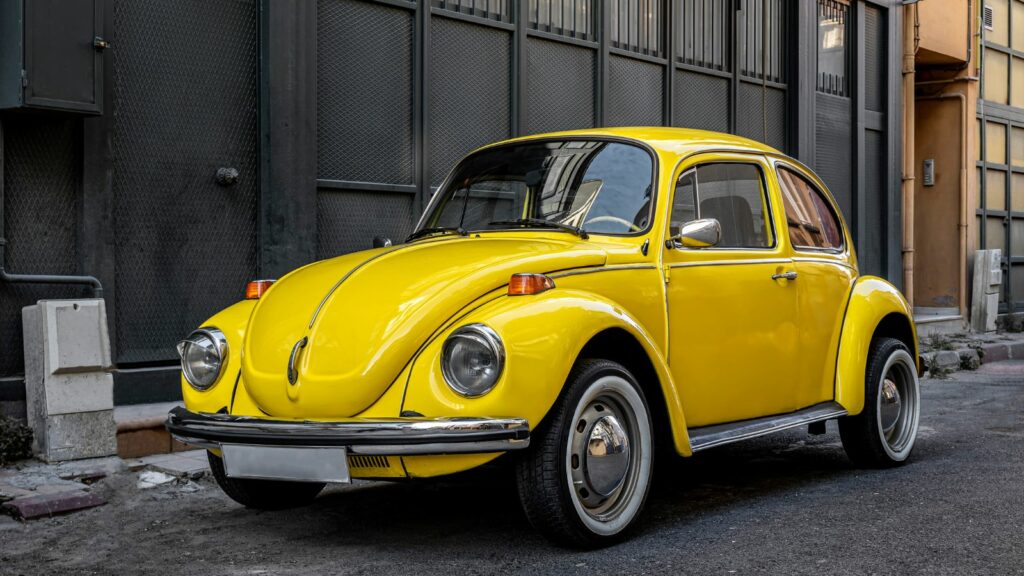Some cars have become legendary for their longevity. Whether they can withstand extreme weather and rough roads or just won’t die after decades of driving, these cars redefine toughness. Here’s a closer look at 20 almost impossible cars to kill, exploring their origins, design, engines, interiors, and remarkable performance.
Toyota Land Cruiser (1951)
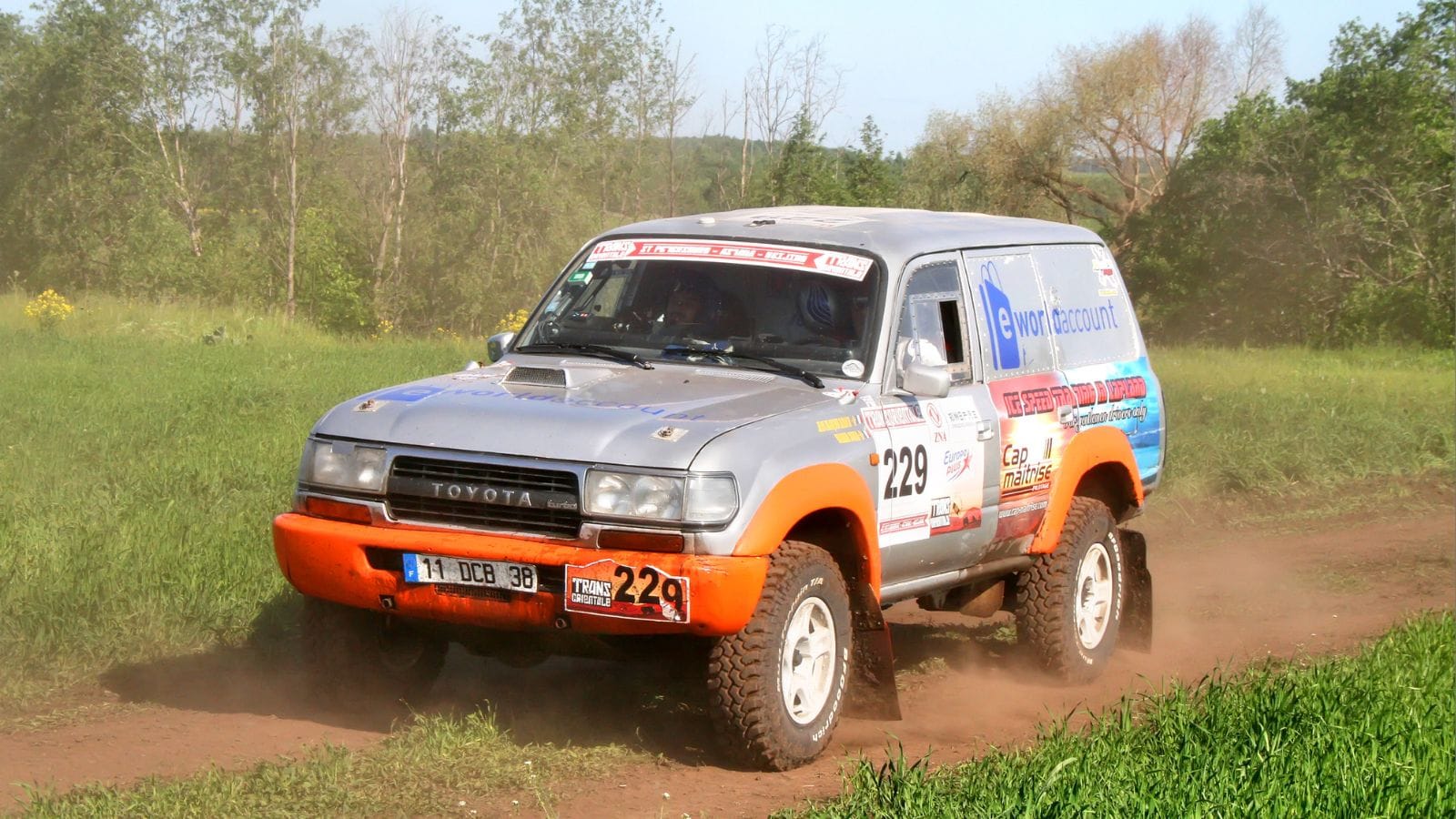
Introduced in 1951 and engineered by Toyota’s in-house design team, the Toyota Land Cruiser is an icon of ruggedness and off-road capability. With a powerful 4.5L V8 diesel engine in its contemporary versions, it’s renowned for quickly traversing the most challenging terrains. Inside, the Land Cruiser combines utilitarian toughness with opulence: It sports leather upholstery, a 14-speaker premium audio system, a roomy three-row configuration, and sophisticated climate control. Despite its heavyweight construction, it goes from 0 to 60 mph in approximately 6.7 seconds.
Toyota Hilux (1968)
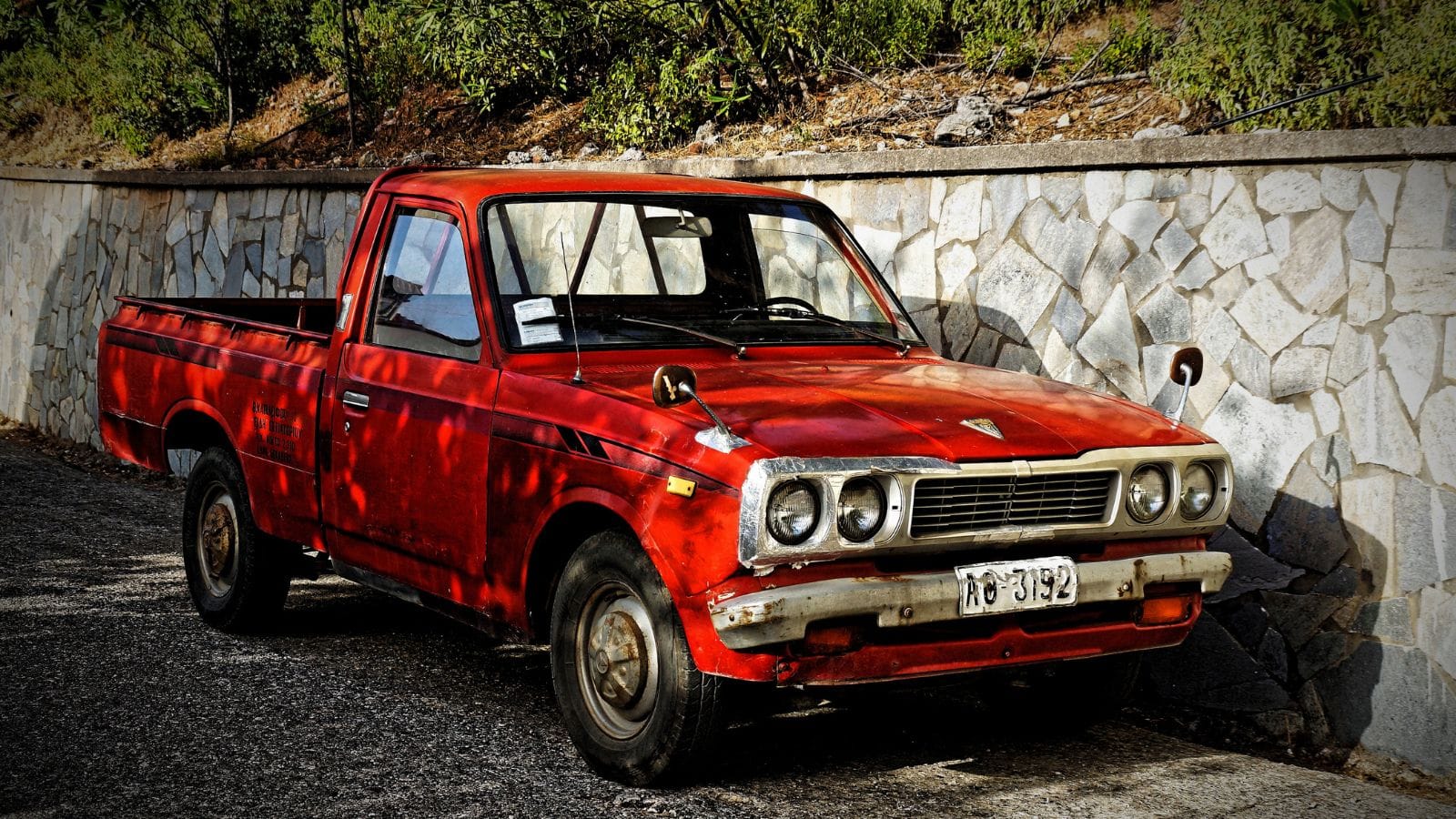
Launched in 1968 and created by Toyota’s commercial department, the Toyota Hilux is renowned for enduring everything from war zones to the Arctic Circle. The Hilux is virtually indestructible, with a 2.8L turbo-diesel motor in newer models. Its interior is all about functionality: Water-resistant cloth seats, an easy-clean dashboard, and contemporary tech such as an 8-inch touchscreen. While not designed for velocity, it can achieve 0-60 mph in roughly 10 seconds.
Mercedes-Benz G-Class (1979)
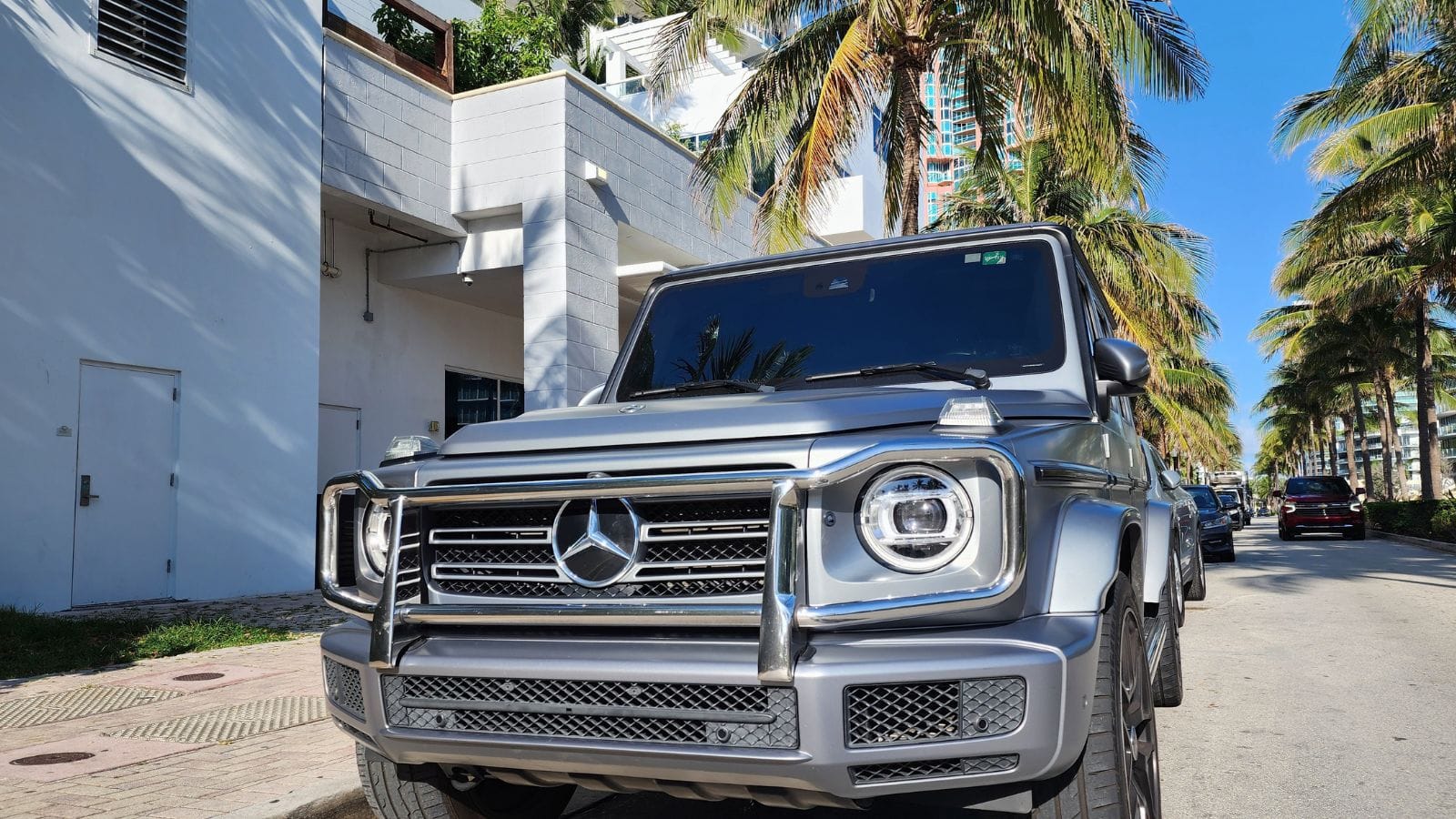
Initially designed in 1979 as a military vehicle, the Mercedes-Benz G-Class now blends ruggedness with luxury. The latest models feature a 4.0L twin-turbo V8 engine that delivers raw power and incredible durability. Inside, hand-stitched leather seats, ambient lighting, and cutting-edge infotainment technology provide everything one wants from a luxury vehicle. Even with its boxy tank-like appearance, the G-Class accelerates from 0 to 60 mph in just 4.5 seconds.
Honda CR-V (1995)
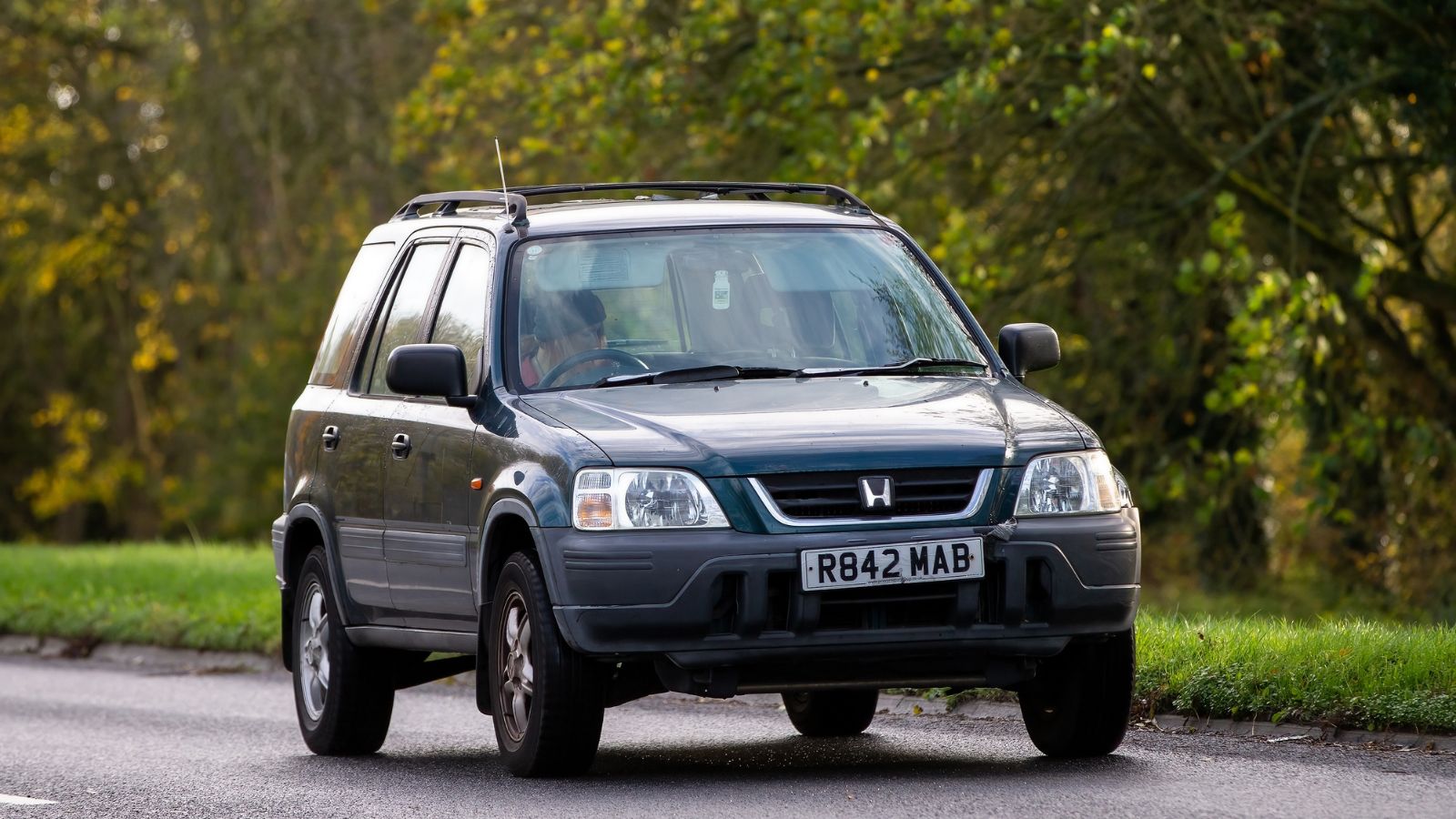
Introduced in 1995 and designed by Hiroyuki Kawase, the Honda CR-V has become synonymous with reliability and functionality. Fitted with a 1.5L turbocharged inline-four engine in newer models, it offers efficiency and durability. The interior of the CR-V focuses on comfort, with soft cloth or leather upholstery, ample rear cargo space, and an easy-to-use infotainment system. With a 0-60 mph time of approximately 7.8 seconds, it’s an SUV with all the comforts suitable for families that will last throughout generations.
Land Rover Defender (1983)

Initially released in 1983 and created by the Land Rover team, the Defender gained notoriety as an icon for its durability and off-road capabilities. Newer models have a 3.0L turbocharged inline-six engine, ensuring the Defender is as strong as ever. Inside, it balances luxury with ruggedness—equipped with leather seats, durable rubber flooring, and a sophisticated infotainment system. Despite its heavy-duty frame, the Defender reaches 0-60 mph in 5.8 seconds.
Volvo 240 (1974)
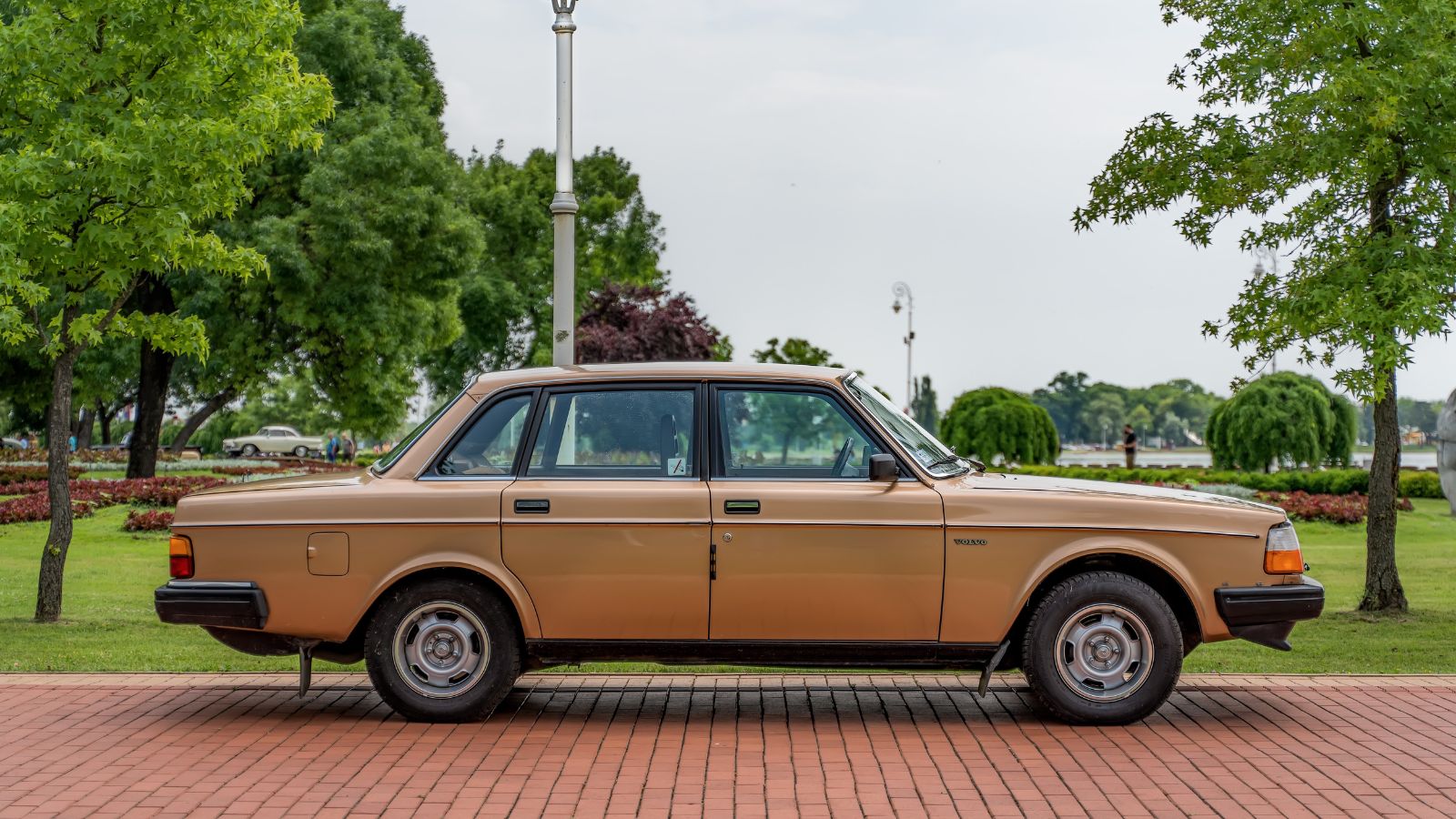
Introduced in 1974 by designer Jan Wilsgaard, the Volvo 240 represented safety and durability. This boxy Swedish classic didn’t merely weather the decades—it flourished, becoming a favorite among professors, safety-minded families, and indie rockers alike. It came with a 2.3L inline-four engine that sacrificed speed for reliability. The interior reflected Scandinavian austerity with tough cloth or vinyl upholstery, large analog gauges, and sophisticated (for the era) safety features such as crumple zones. With a 0-60 mph time of approximately 11 seconds, it wasn’t quick but designed to protect and endure for generations.
Toyota Corolla (1966)

Introduced in 1966 and designed by Tatsuo Hasegawa, the Toyota Corolla became the world’s best-selling car due to its bulletproof 1.8L inline-four engine. It’s the vehicle that won’t quit, racking up millions of miles across continents while still providing dependable daily drives. Its interior has evolved from functional cloth seats to contemporary leather interiors, touchscreens, and driver-assist systems. Although designed for economy, not speed, the modern Corolla can accelerate from 0-60 mph in around 8.2 seconds, marrying practicality with legendary reliability.
Mercedes-Benz W123 (1976)
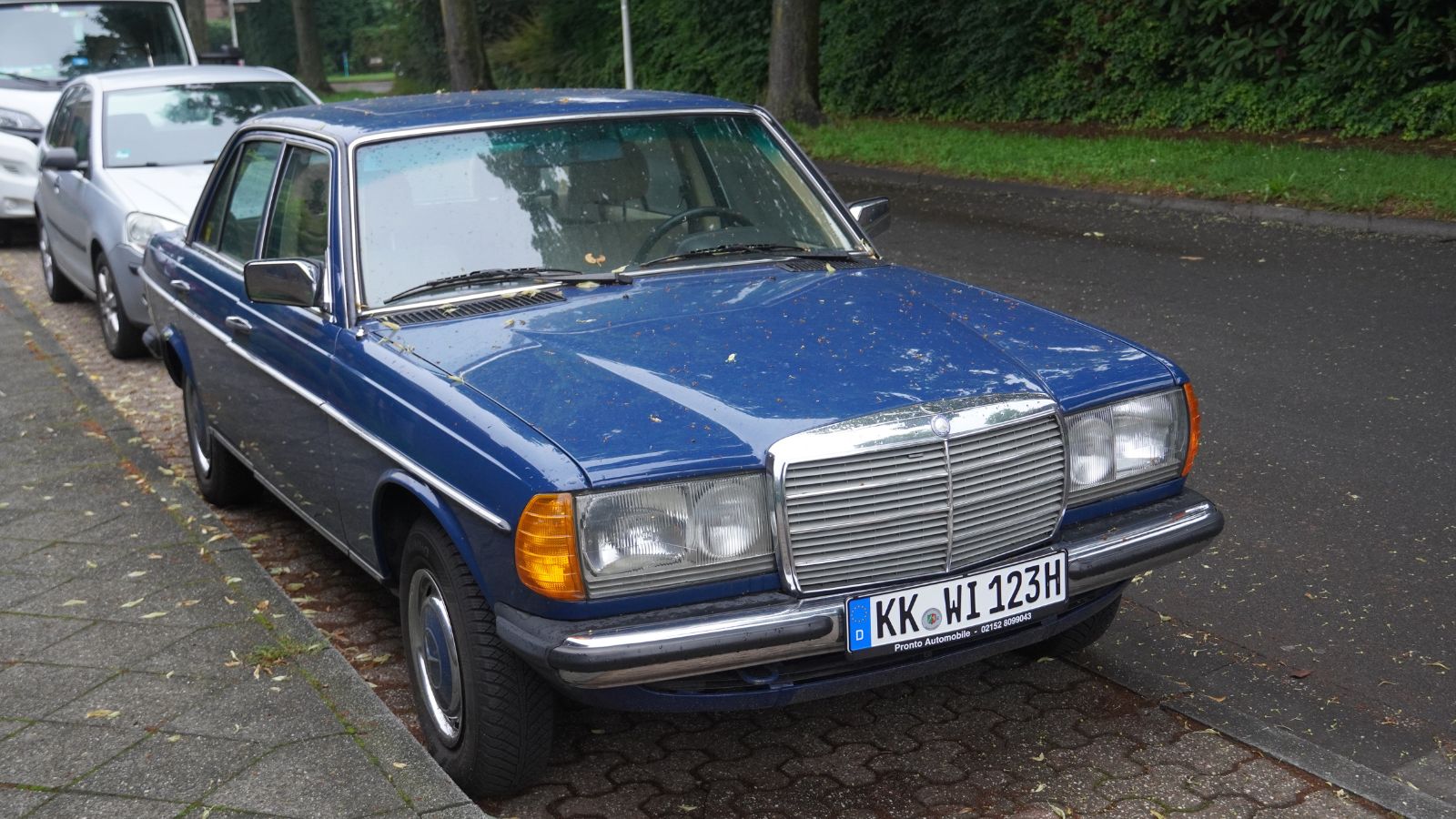
Launched in 1976 and designed by Friedrich Geiger, the Mercedes-Benz W123 was renowned for its over-engineered 3.0L five-cylinder diesel engine. Inside, it offered tough MB-Tex seats, wood trim, and heavy-duty analog controls that stood the test of time. Even with its bulk and diesel heritage, the W123 could reach 0-60 mph in about 13 seconds, a decent time for a vehicle more famous for being tough than fast.
Honda Accord (1976)
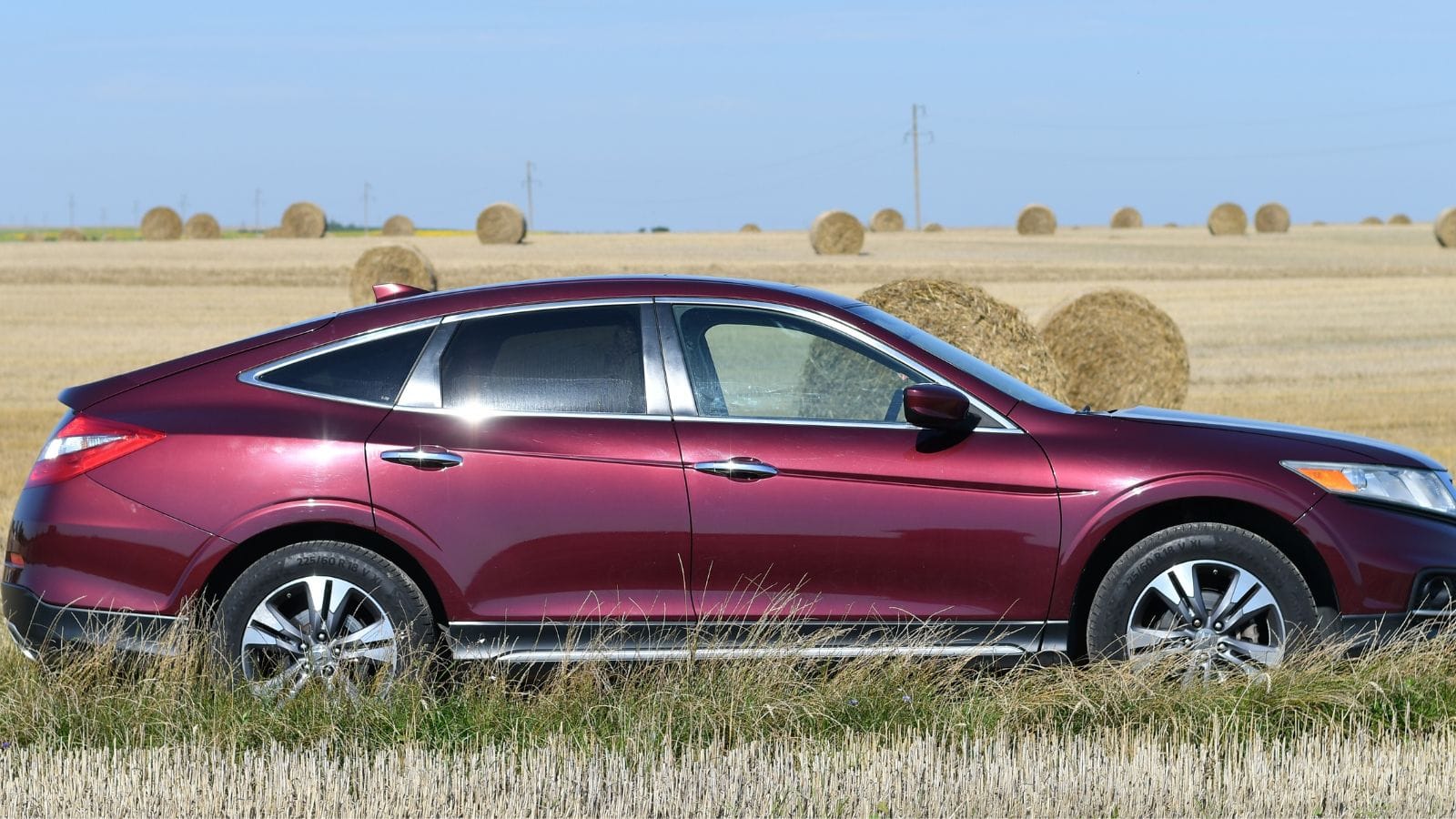
First released in 1976 by designer Tetsuji Kawamoto, the Honda Accord is a classic favorite for its 2.4L inline-four engine. Whether serving families for daily commutes or surprising street racers at night, the Accord offers comfort and power in equal measure. Its interior has evolved from plain cloth seats to premium leather, with high-tech navigation and driver-assistance technology. Newer models can reach 0-60 mph in 6.6 seconds, combining dependability and impressive agility.
Subaru Outback (1994)
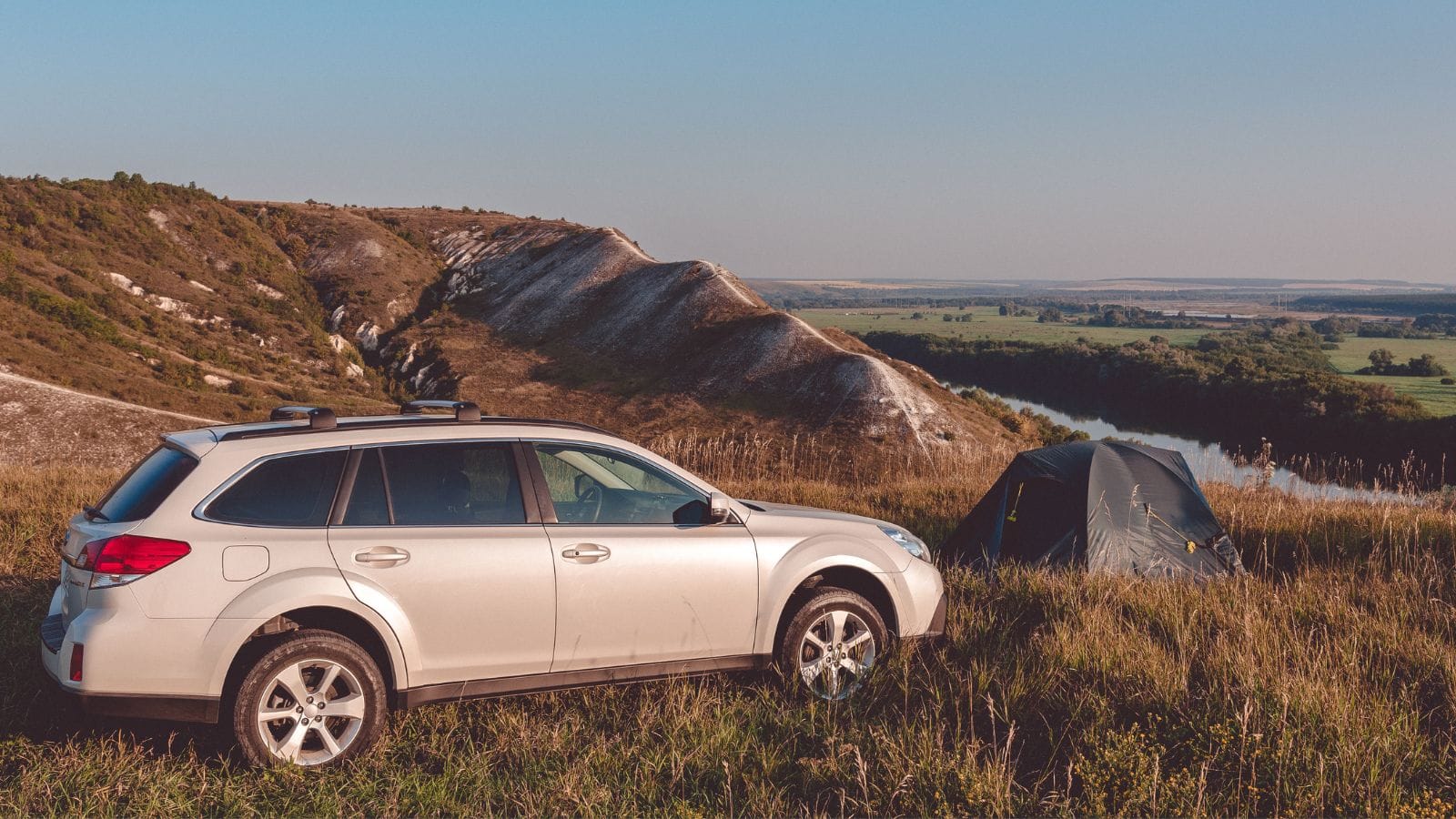
Launched in 1994 and styled by Olivier Boulay, the Subaru Outback became an unstoppable all-wheel-drive legend. It manages muddy trails and snowy highways equally well. Its 2.5L flat-four engine is built for longevity and off-road capability. The interior is ready for adventure, with water-resistant seating, ample cargo room, and up-to-date tech, such as a large infotainment display. The Outback reaches 0-60 mph in 8.7 seconds, making it confidently handle highways and mountain roads.
Chevrolet Suburban (1935)
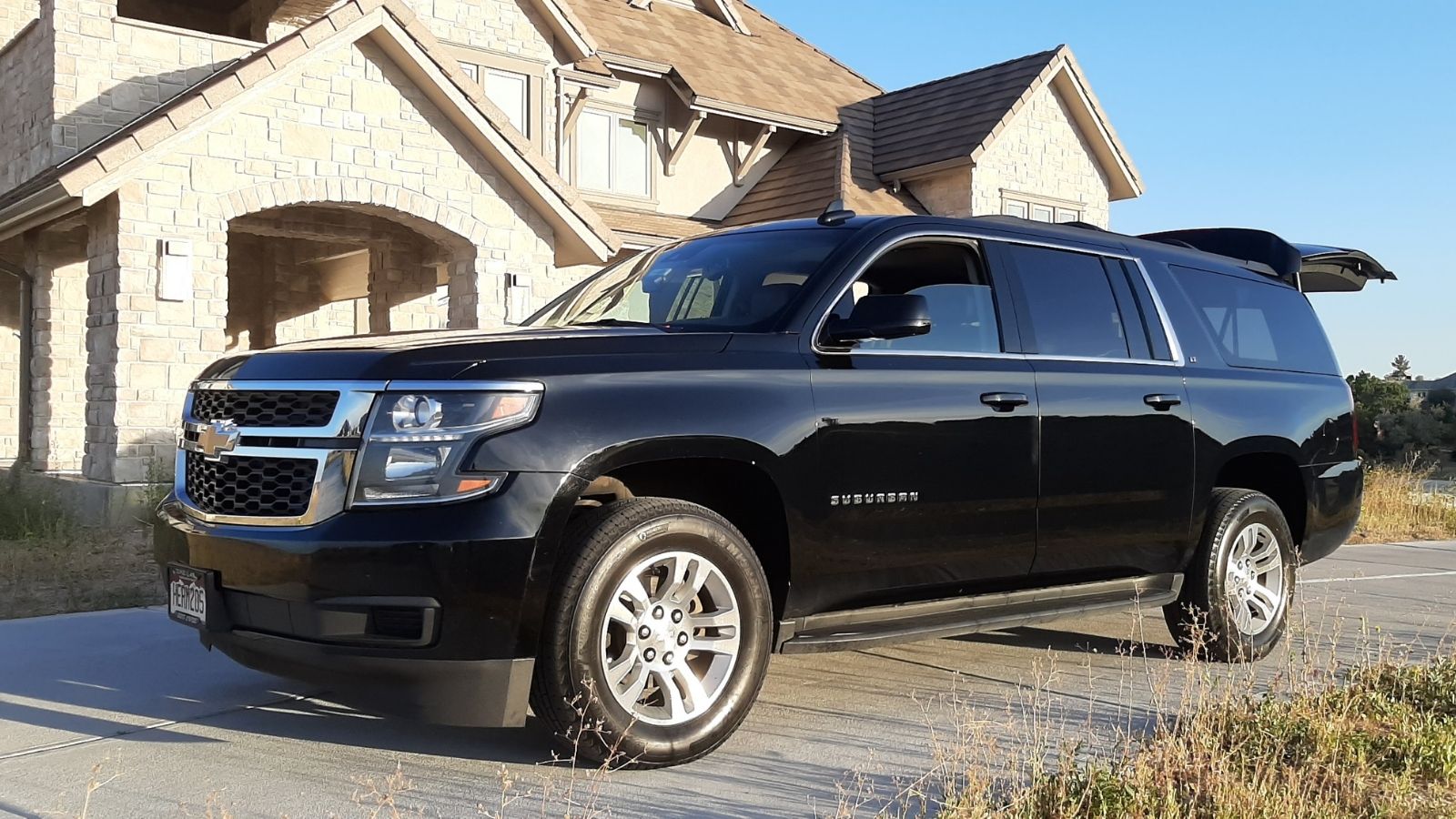
Introduced in 1935 and styled by Harley Earl, the Chevrolet Suburban is the longest-running nameplate in automotive history. Its newer incarnations have a 5.3L V8 motor that can handle heavy-duty tasks. It provides nine-passenger leather seating, cutting-edge infotainment, and tri-zone climate control. Despite its enormous size, it accelerates to 0-60 mph in approximately 7.4 seconds, making it a genuine workhorse for families and fleets alike.
Ford Crown Victoria (1992)
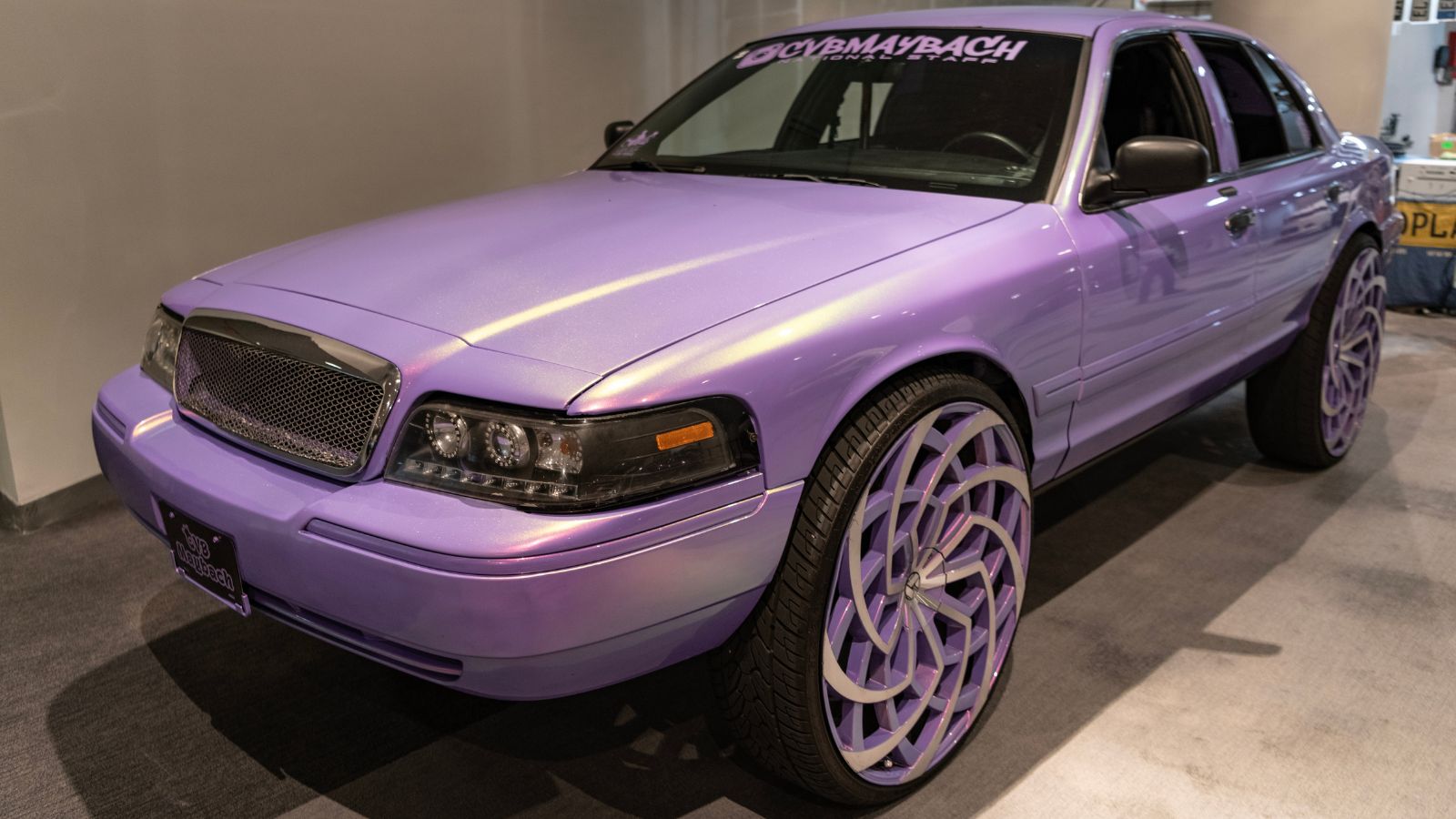
The Ford Crown Victoria, introduced in 1992 and designed by Jack Telnack, was the vehicle of choice for police cruisers and taxi fleets. Its body-on-frame construction and 4.6L V8 engine made it highly resilient. Inside, it was utilitarian, with bench seats and plain analog gauges. Though not the quickest, its 8.5-second 0-60 mph time was appropriate for a car designed to endure hours of non-stop driving.
Toyota Camry (1982)
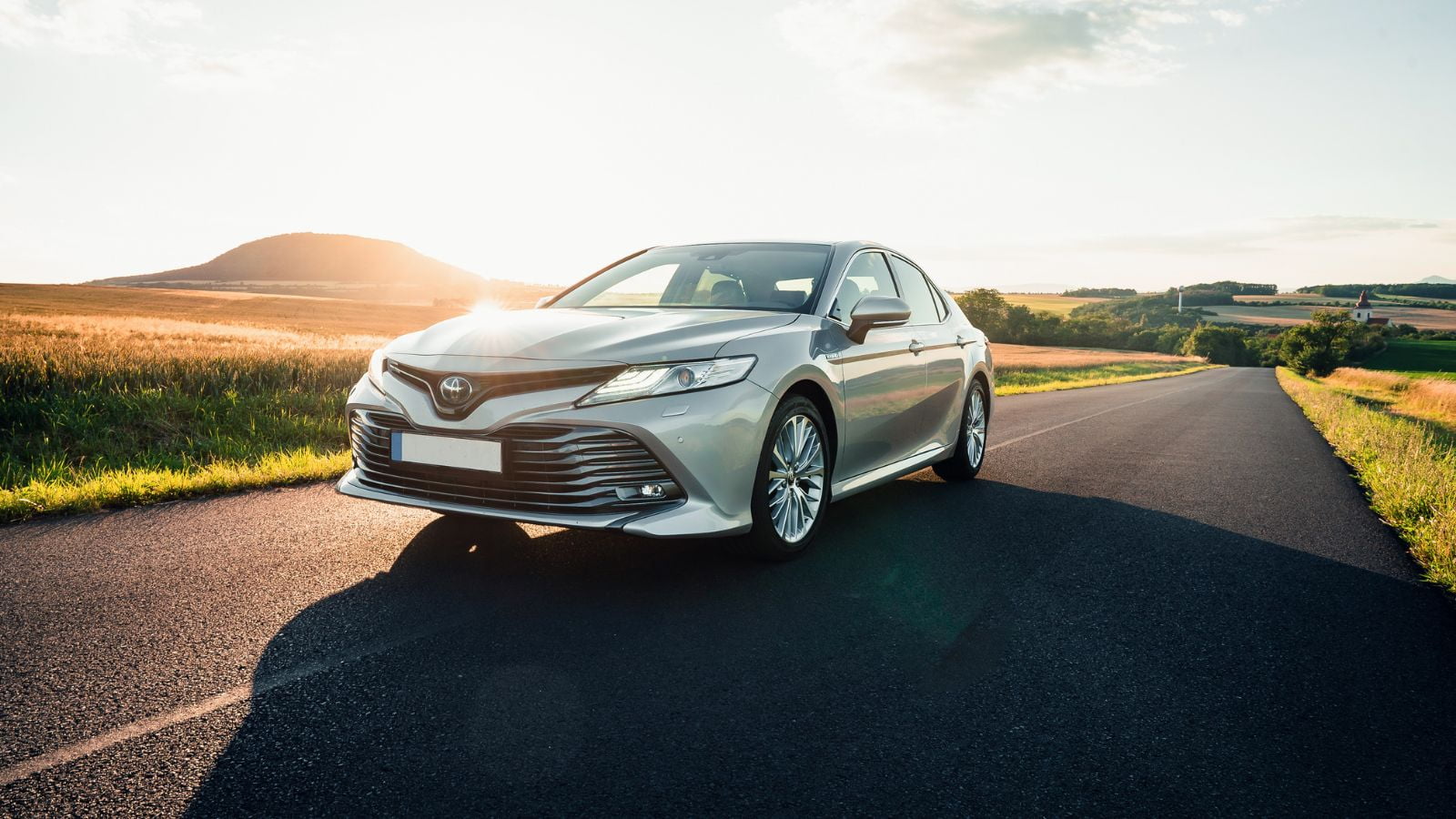
Debuting in 1982, the Kenzo Suzuki-designed Camry became the standard for mid-size sedans almost overnight. It comes equipped with a dependable 2.5L inline-four engine renowned for its long lifespan. The interior of the Camry features contemporary amenities such as leather seats, a premium sound system, and advanced safety features. Current models can achieve 0-60 mph in around 7.6 seconds without compromising the reputation of never failing.
Jeep Cherokee XJ (1984)
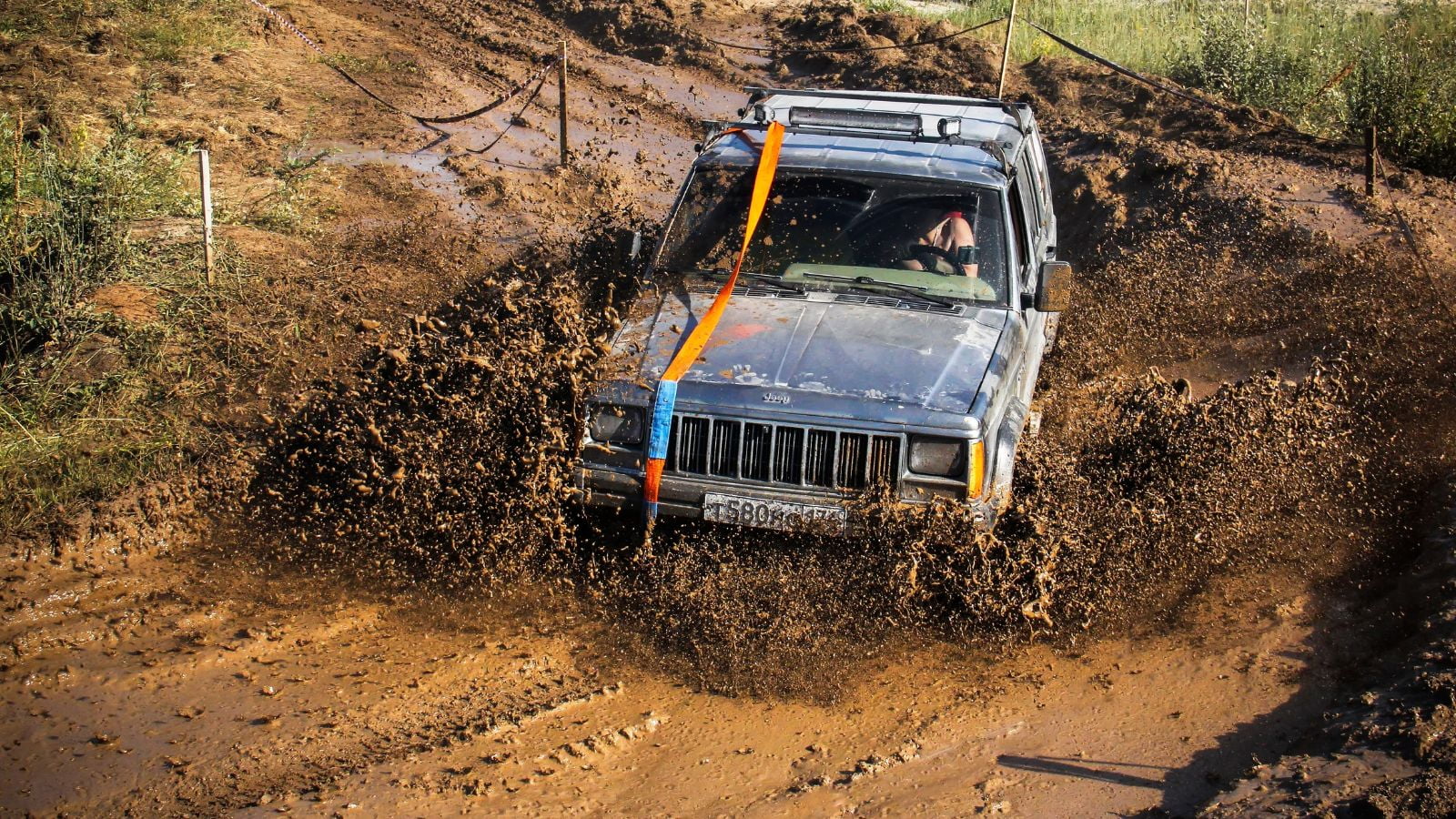
Created by Dick Teague and released in 1984, the Jeep Cherokee XJ introduced the world to the contemporary SUV. It’s powered by an almost-unbreakable 4.0L inline-six engine, famous for its longevity and low maintenance requirements. The rugged interior featured durable materials, basic gauges, and ample cargo space. It also had manually adjustable seats, a clean dash design, and a reliable heating system to warm you up on chilly trails. Designed for off-road use, the Cherokee XJ could reach 0-60 mph in about 8.7 seconds.
Volkswagen Beetle (1938)
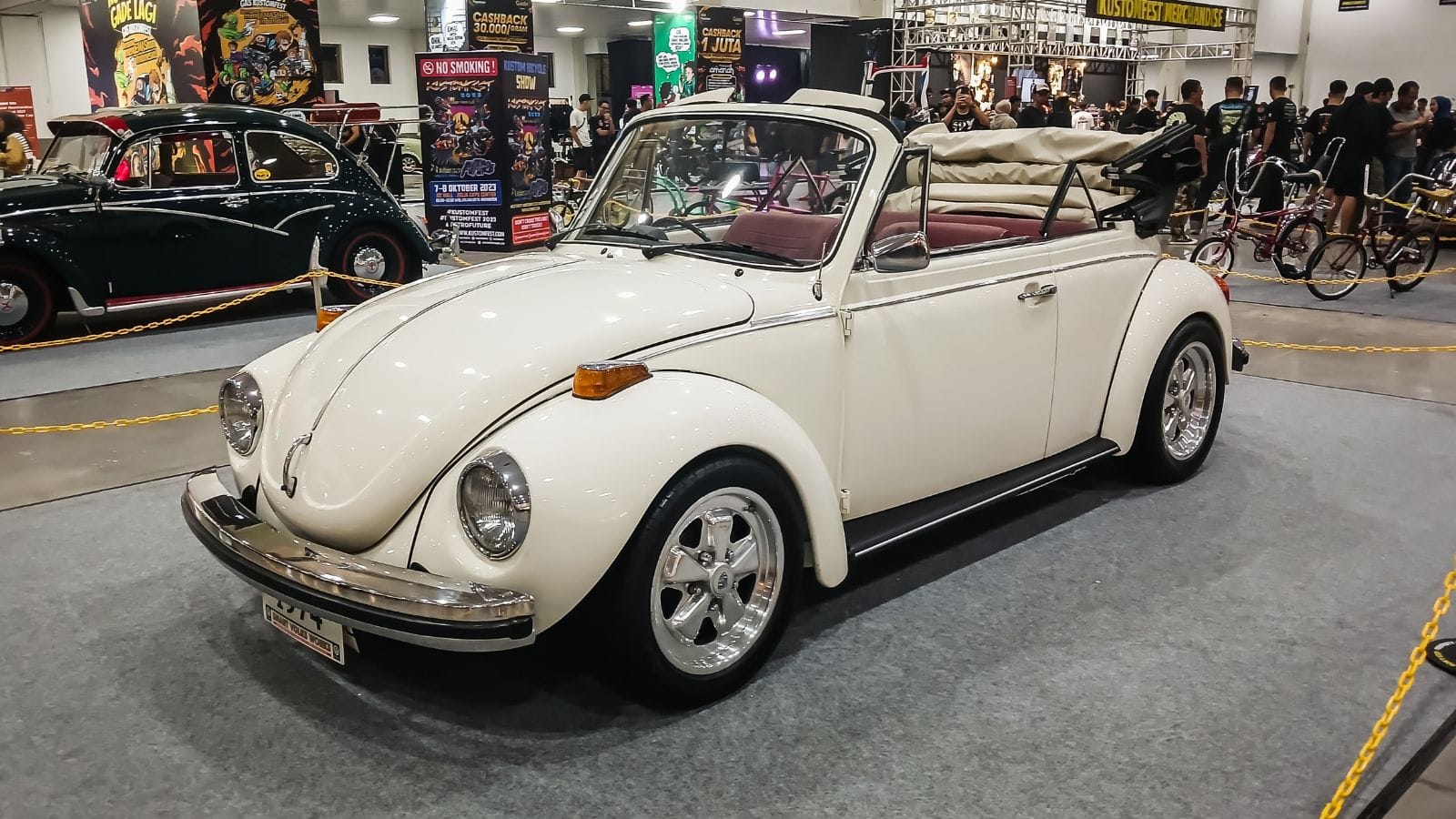
Initially introduced in 1938 and created by Ferdinand Porsche, the Volkswagen Beetle emerged as a symbol of simplicity and durability. Propelled by a modest 1.6L air-cooled flat-four, the Beetle’s interior was straightforward, with minimal controls and sturdy seating. It had plain vinyl seats, a minimal dashboard, and a small glove compartment ideal for storing road maps and loose change. Although its 0-60 mph performance of 18 seconds won’t win any races, the Beetle’s longevity remains the stuff of legend.
Lexus LS400 (1989)

Launched in 1989, the Lexus LS400 was designed by Ichiro Suzuki and merged luxury with an almost invincible 4.0L V8 engine. It was Toyota’s bold foray into the luxury segment, and they succeeded brilliantly. Its interior featured leather seats, genuine wood trim, and cutting-edge electronics that still exude class today. The cabin was engineered for tranquility. This luxury cruiser accelerates from 0-60 mph in 7.9 seconds and has a whisper-quiet ride.
Nissan Patrol (1951)
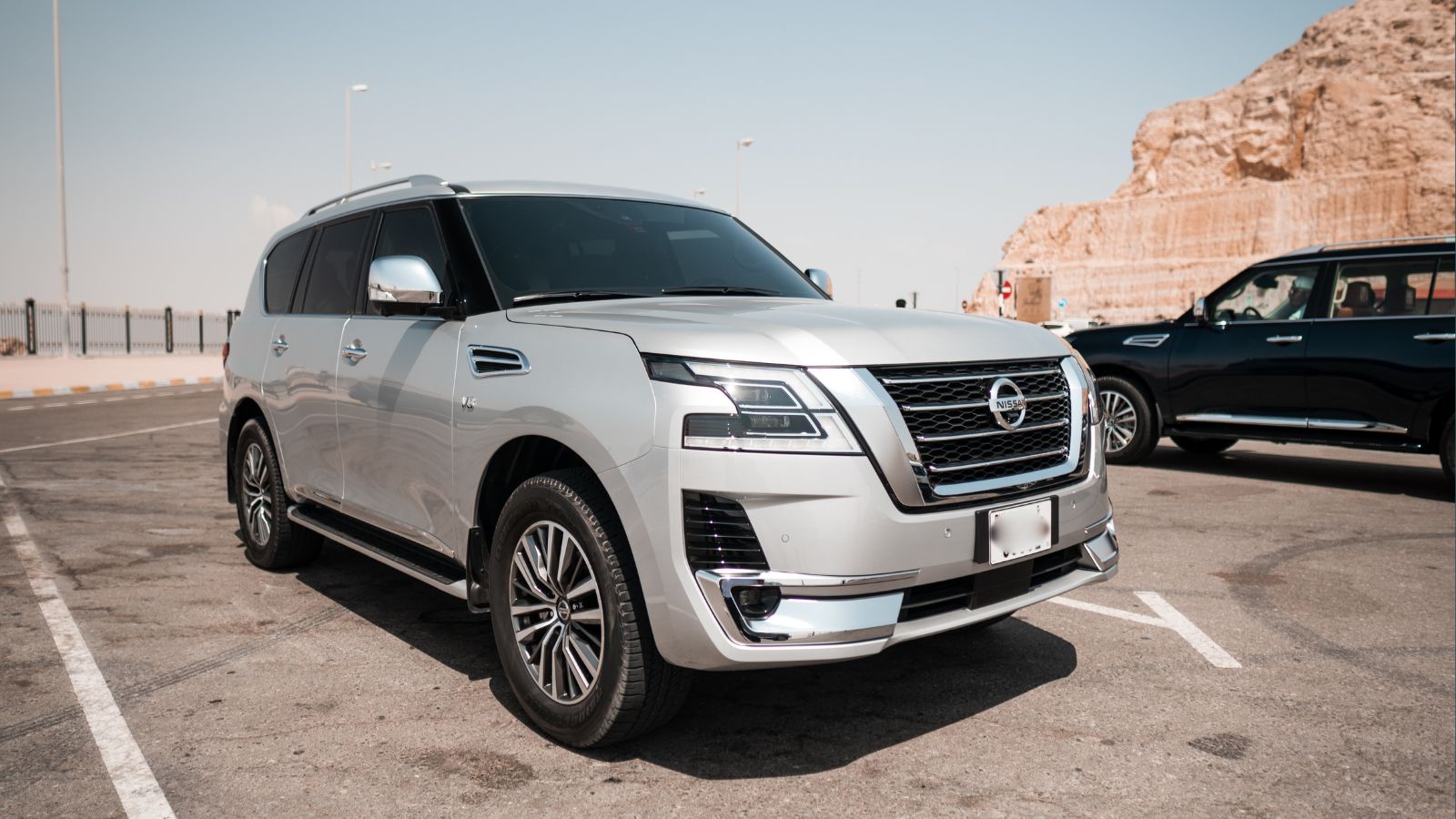
Introduced in 1951, the Nissan Patrol was initially created for military use but transformed into a civilian success with a 4.8L inline-six engine. Built to conquer some of the toughest environments on the planet, it became the vehicle of choice for explorers and rescue units. It also features state-of-the-art off-road technology, ample legroom, and heavy-duty air conditioning for those desert expeditions. With off-road capability as its priority, the Patrol still hits 0-60 mph in roughly 7.3 seconds, as quickly as it is rugged.
Honda Civic (1972)
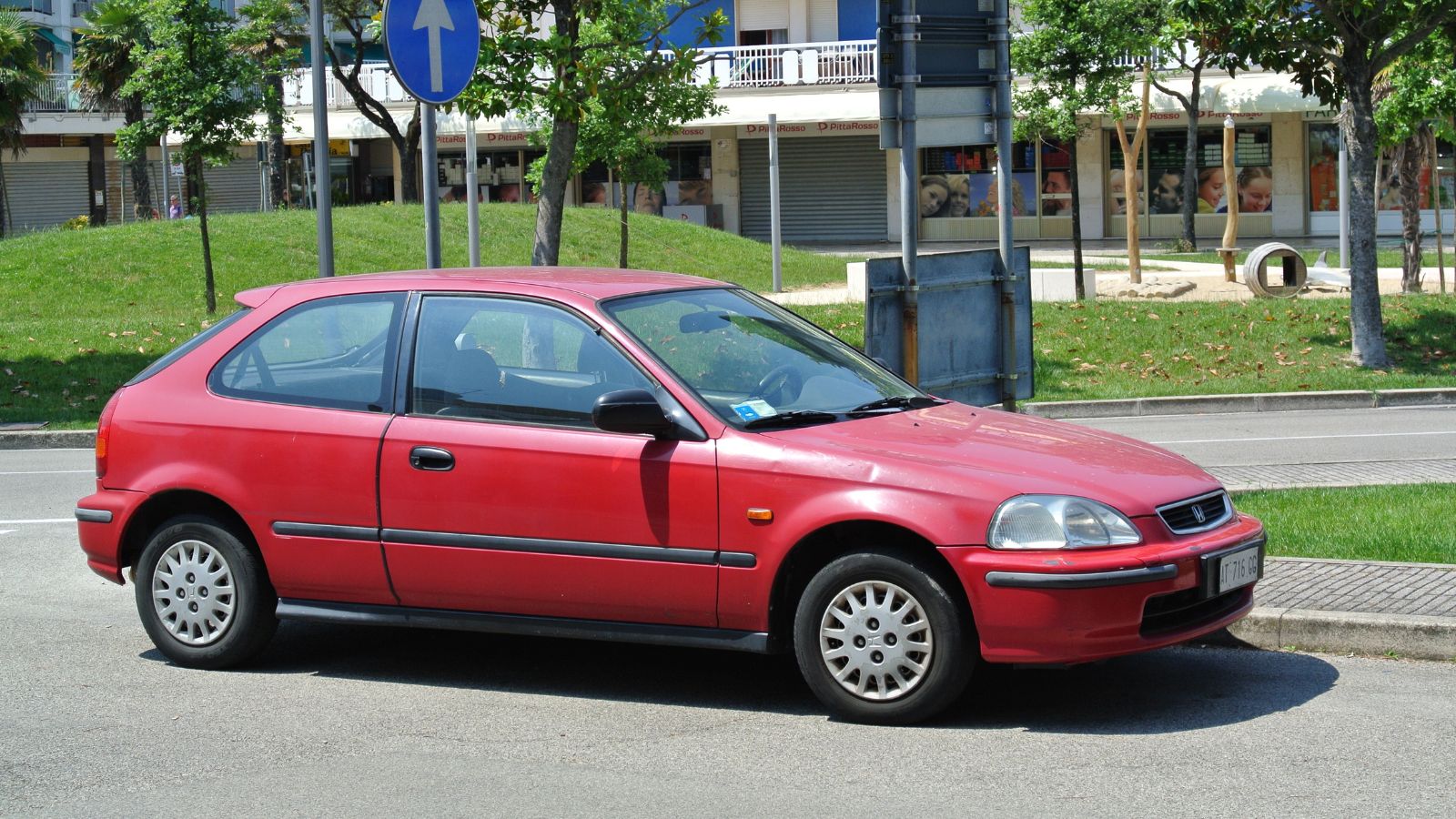
Introduced in 1972 by Yoshio Nakamura, the Honda Civic is powered by a durable 1.5L inline-four engine. The vehicle has carried millions through college, road trips, and daily commutes without missing a beat. It combines practicality with efficiency, featuring a straightforward yet ergonomic interior with cloth seats, a logical center console, and a surprisingly spacious backseat. It accelerates from 0 to 60 mph in approximately 7.2 seconds.
Ford F-150 (1975)
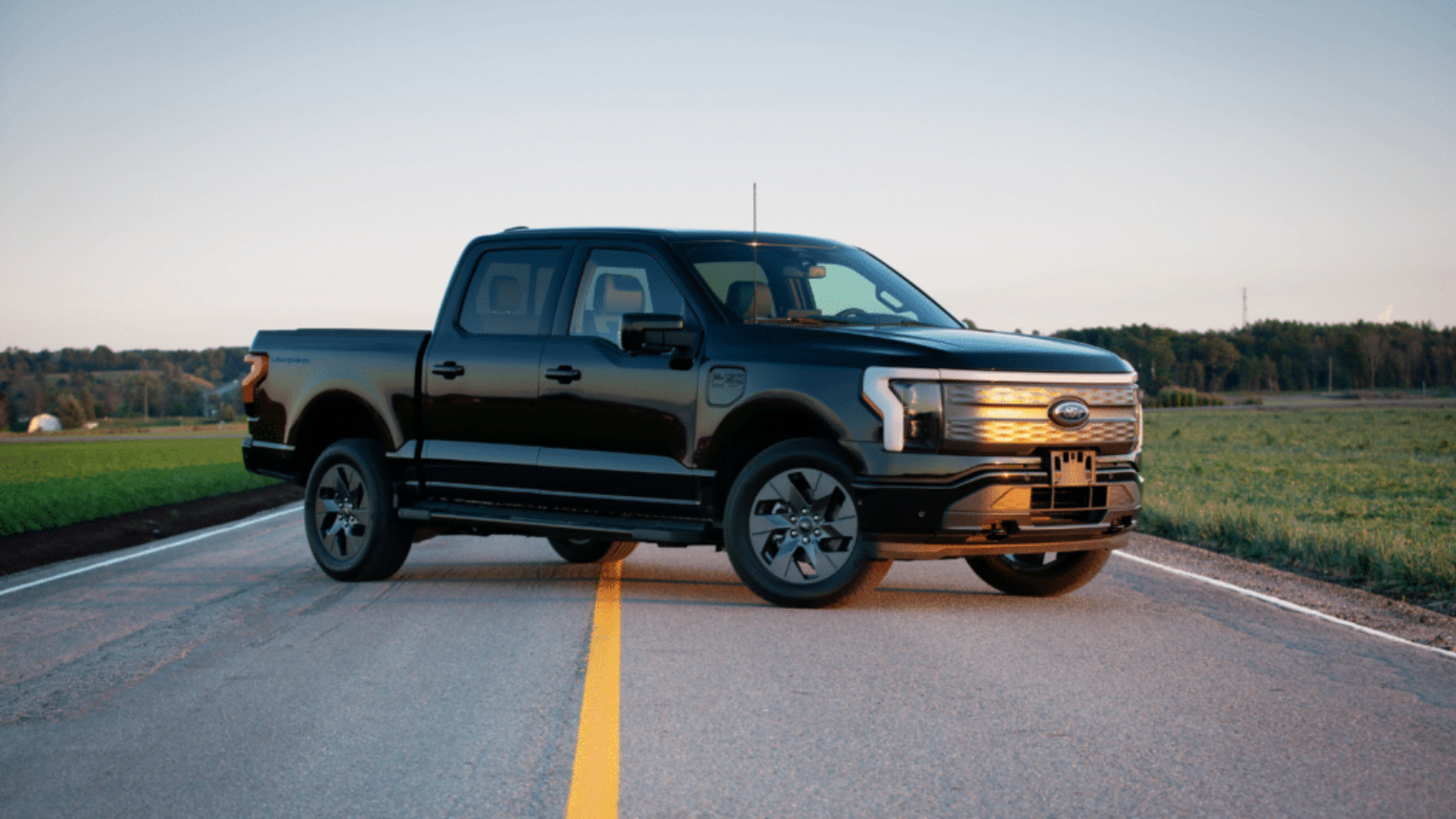
The Ford F-150, designed by Jack Telnack, was launched in 1975 and features a rugged 5.0L V8 engine. It’s the truck that built America: hauling, towing, and working harder than most vehicles on the road. The interior has evolved from basic vinyl bench seats to luxurious leather, with sophisticated infotainment, heated and ventilated seats, and a spacious center console to stow everything from tools to takeout. Its 0-60 mph time of 6.2 seconds makes it as quick as rugged.
Mitsubishi Pajero (1982)
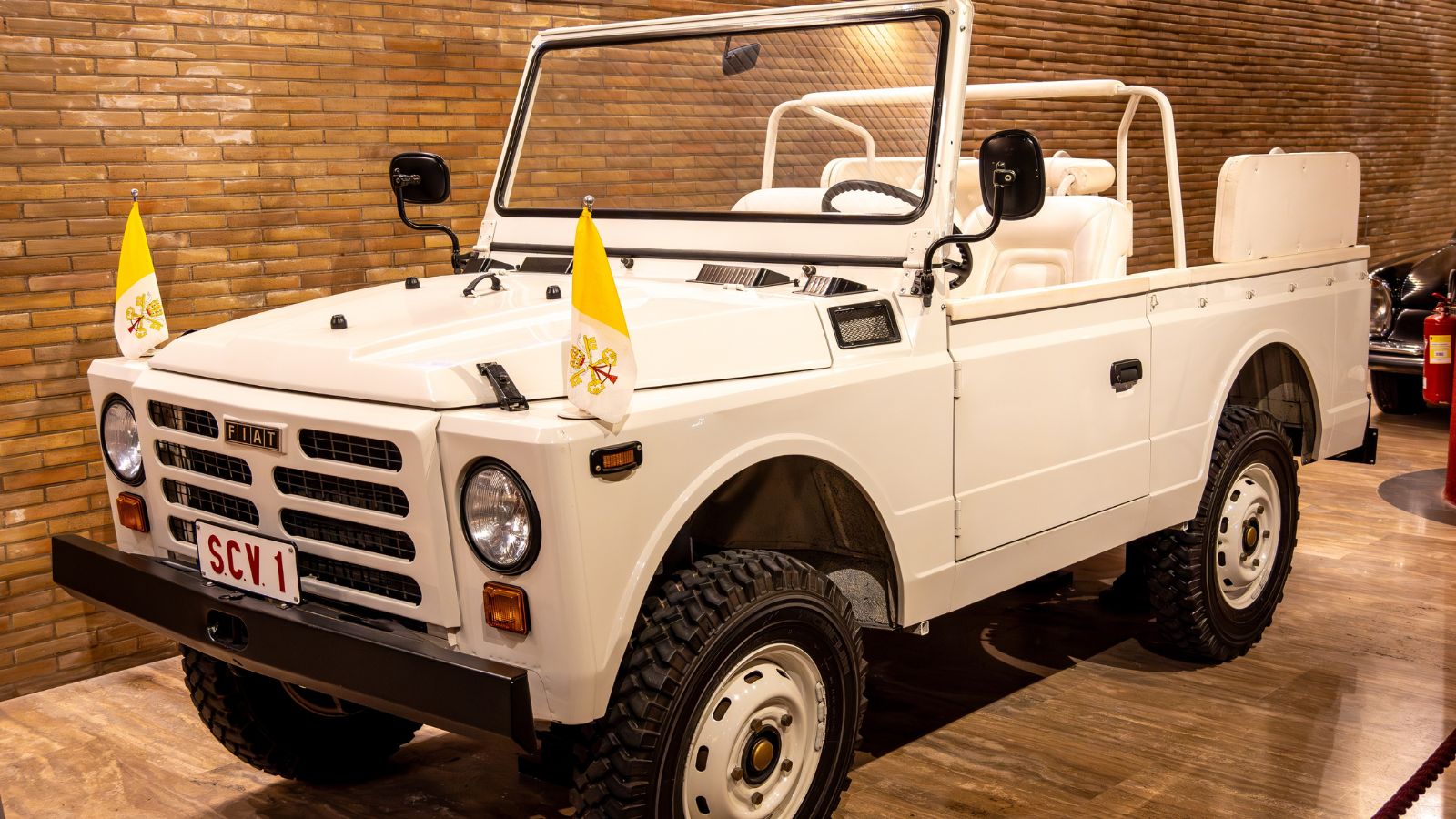 Introduced in 1982 by Akinori Nakanishi, the Mitsubishi Pajero is a legend in off-road performance. It has won the Dakar Rally multiple times and developed a reputation for never backing down from a challenge. It features a turbo-diesel engine that combines power with fuel economy, making it perfect for long journeys in the wilderness. The interior is rugged yet sophisticated, with leather-trimmed seats and an advanced 4WD control system. It accelerates to 0-60 mph in approximately 9.0 seconds.
Introduced in 1982 by Akinori Nakanishi, the Mitsubishi Pajero is a legend in off-road performance. It has won the Dakar Rally multiple times and developed a reputation for never backing down from a challenge. It features a turbo-diesel engine that combines power with fuel economy, making it perfect for long journeys in the wilderness. The interior is rugged yet sophisticated, with leather-trimmed seats and an advanced 4WD control system. It accelerates to 0-60 mph in approximately 9.0 seconds.
18 Budget-Friendly Electric Cars That Last Longer Than Their Loans — Economical Electrics
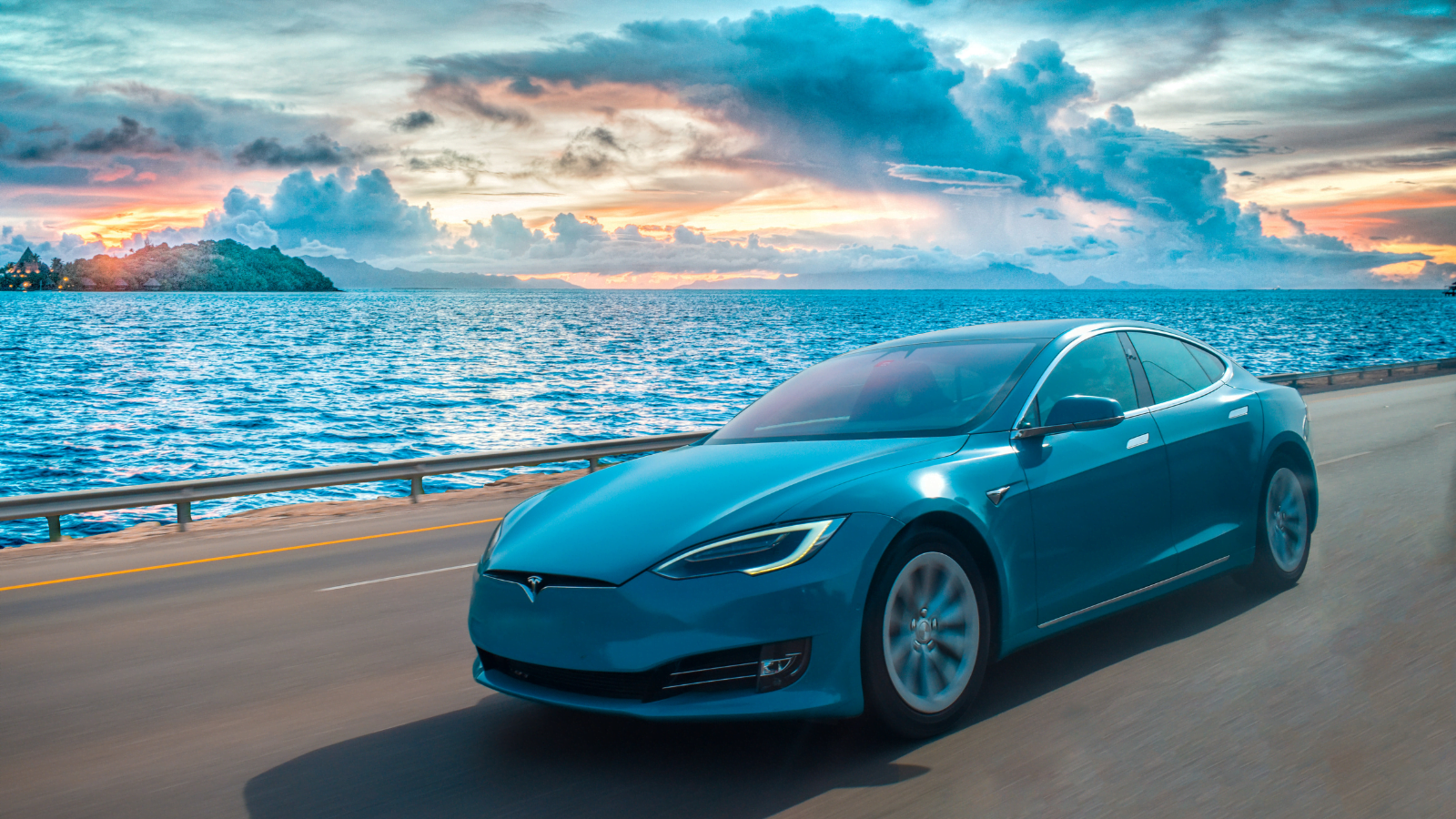
Electric vehicles are no longer a luxury for the elite—they’re a smart investment for the everyday driver. With manufacturers stepping up to the plate, affordable EVs now deliver on reliability, range, and modern comforts. Here’s a look at 18 economical electric cars engineered to outlast their payment plans.
18 Budget-Friendly Electric Cars That Last Longer Than Their Loans — Economical Electrics
